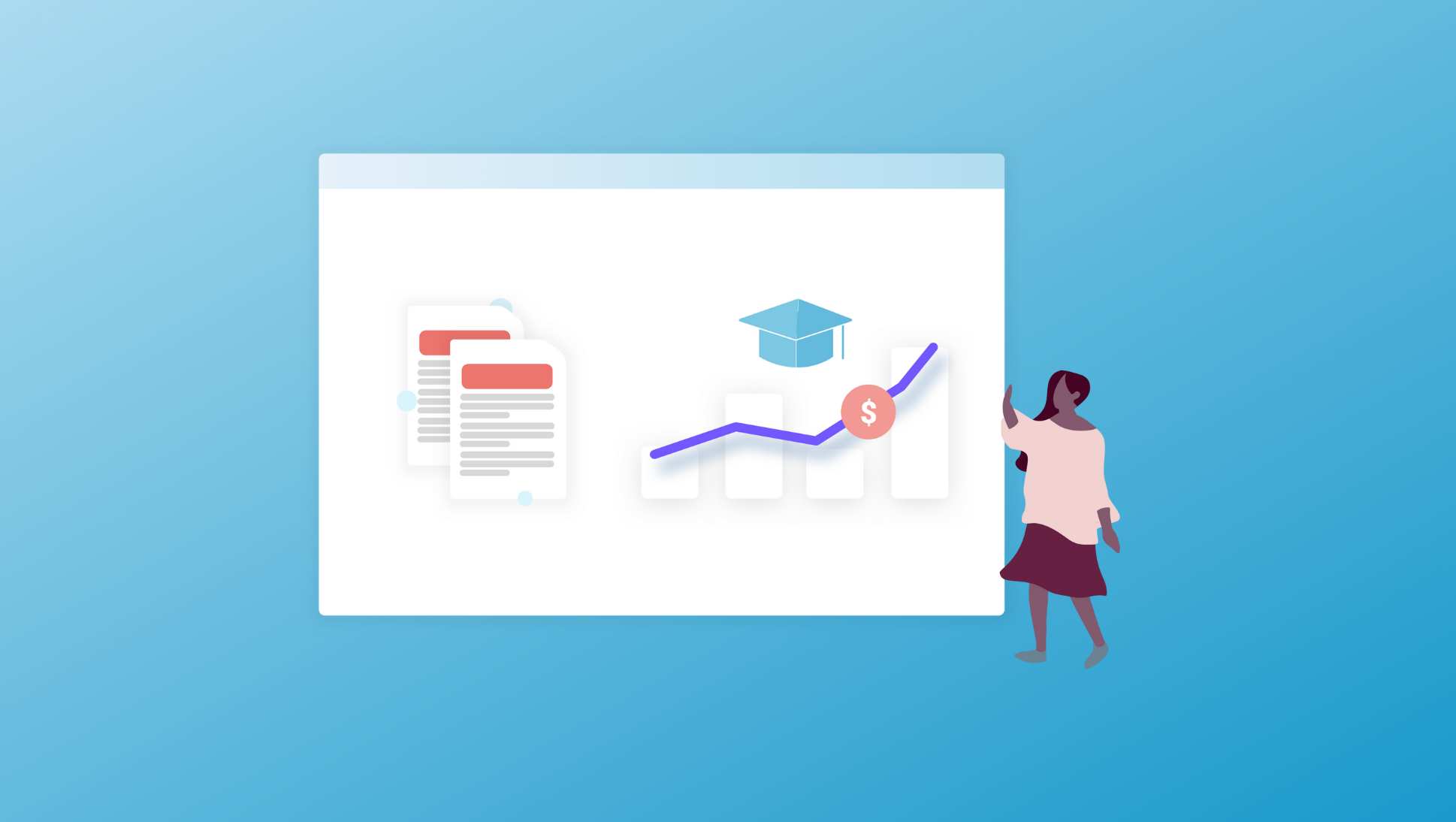4 min read
ACT and SAT Must-Knows for High Schoolers
We recently published a podcast episode on this topic. This blog post provides a recap of what we covered during the episode. Hi! It’s Abby from...
Free for students & their families
Seamlessly integrated, affordable systems for use across your district.
Career Readiness for 6-8 grade, built to guide and track progress in the early years of career exploration.
Scoir + Common App are integrated for the 2025-26 academic year!
Check out content and practical guides to help inform your enrollment strategies and programs.
3 min read
Abby deSilva
:
April 12, 2024

Curious about strategies to recruit Gen Z?
We surveyed high school students using Scoir about their college search to gain insights into the resources they rely on, what matters most, and the challenges they face. What we heard over and over again was that students want to dive deeper into understanding a college and their offerings, but at the same time, don’t want to have their inboxes inundated with emails.
How do colleges strike a balance between the two?
By breaking free from email and providing interested students with the information they want to know based on their interests.
Crafting compelling messages is not as simple as that. It takes a deep understanding of the intended audience and the content and tone that will resonate most. We recently recorded a podcast titled “Reimagining Prospective Student Engagement” where we dive into the best practices for communicating with prospective students. You can listen to the recording below. The three key pieces of advice were to:
This podcast episode was released in 2021. This blog post has been updated for relevancy in April 2024.
The average attention span of Generation Z, the generation born from 1997 - 2012, is 8 seconds. The students of today are used to consuming a massive amount of content across multiple devices and channels. This abbreviated attention span actually helps in processing information faster than ever before and quickly filtering content. Still, that’s not a lot of time to capture the attention of students even when the content is of interest.
Letter-length communications are a thing of the past. When communicating with students, it’s essential to keep it short and to the point. Shorter messages have a greater likelihood of being read and have the information retained. Think about crafting social-media-style messages with 1 clear call to action.
One major emphasis of student engagement strategies today is creating visually compelling content. Students are used to spending hours (30.8% of Gen Z spend 3-5 hours on social media per day) consuming visual content on social media like TikTok and YouTube. Especially in an increasingly digital world, providing a way for students to see your campus and the student experience is essential. Include images or GIFs if your communications or drive traffic to sources of more visual content such as social media accounts.
The visual aspect of communications isn’t limited to images and video. The way text is presented is also a visual experience. Call attention to what’s most important in your message by using formatting like bold, italics, or bullet points. Students often start by quickly skimming messages before deciding whether or not to read them, so use formatting to draw eyes to what you want them to read most.
Gen Z can spot a marketing message from a mile away. They value authenticity and expect personalization when engaging with brands and colleges. Whenever possible, avoid one-size-fits-all messaging and tailor communications to student interests, such as topics related to their intended major or clubs they've expressed interest in learning more about.
In communications, focus on the student perspective and building a relationship instead of being transactional. Make content student-centered and experiment with using a casual tone.
Not sure what student-centered content to focus on in your messaging? Ask current students why they chose your school or what they love most about being a student at your institution.
In addition to using a conversational tone, avoid using higher-ed jargon. Working in higher ed, the definition of words like "matriculation" or "registrar" may seem like common knowledge, but to a 17 or 18-year-old going through the college admissions process for the first time, it may not be clear what those terms mean.
Finally, segmentation is key. The more personalized you can make messages for students, the better you can connect with students.
Looking for more inspiration? In this article, Caroline, a former college admissions professional, shares her top tips on student messaging.
To learn more about this topic and to get started with updating your communications plan to be more student-centered, download our student messaging playbook to share with your team. It includes the key takeaways from today’s blog post along with content ideas for prospective student communications.
If you're curious about other enrollment marketing tools to help you reach Gen Z, check out the blog post: 7 College Enrollment Marketing Tools for Your 2024-2025 Strategy.
This article was originally published on February 11, 2021. It was updated on April 12, 2024 for accuracy and comprehensiveness.
Abby deSilva is the Inbound Marketing Strategist at Scoir. She loves creating content and helping students find their dream college and career.

4 min read
We recently published a podcast episode on this topic. This blog post provides a recap of what we covered during the episode. Hi! It’s Abby from...

6 min read
Gaining admission to the college(s) of your choice might weigh heavily on your mind at the moment. The odds are that the prospect of affording...

8 min read
The Free Application for Federal Student Aid (FAFSA), managed by the Department of Education, is the gateway to federal and state financial aid for...